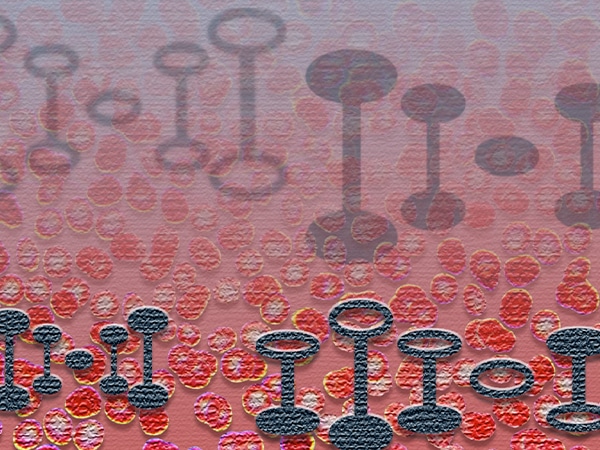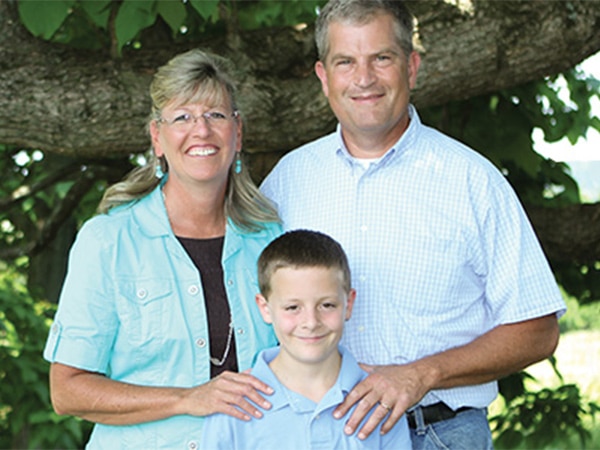Childhood Non-Hodgkin Lymphoma

Childhood non-Hodgkin lymphoma is a form of cancer that originates in the lymph system. The lymph system is part of the immune system and is made up of the following:
- Lymph, a colorless, watery fluid that travels through the lymph system and carries white blood cells called lymphocytes.
- Lymph vessels, a network of thin tubes that collect lymph from different parts of the body and return it to the bloodstream.
- Lymph nodes, small, bean-shaped structures that filter lymph and store white blood cells that help fight infection and disease. Lymph nodes are located along the lymph vessels.
- The spleen, an organ that makes lymphocytes, filters the blood, stores blood cells, and destroys old blood cells.
- The thymus, an organ in which lymphocytes grow and multiply.
- The tonsils, two small masses of lymph tissue at the back of the throat.
- Bone marrow, the soft, spongy tissue in the center of large bones.
Childhood non-Hodgkin lymphoma can begin in almost any part of the body. Cancer can spread to the liver and many other organs and tissues. There are three major types of childhood non-Hodgkin lymphoma: aggressive mature B-cell non-Hodgkin lymphoma, lymphoblastic lymphoma, and anaplastic large cell lymphoma. Approximately 1.6% of non-Hodgkin lymphoma cases are diagnosed in children and adolescents under the age of 20.
Childhood Non-Hodgkin Lymphoma Treatment (PDQ®)Source: National Cancer Institute



